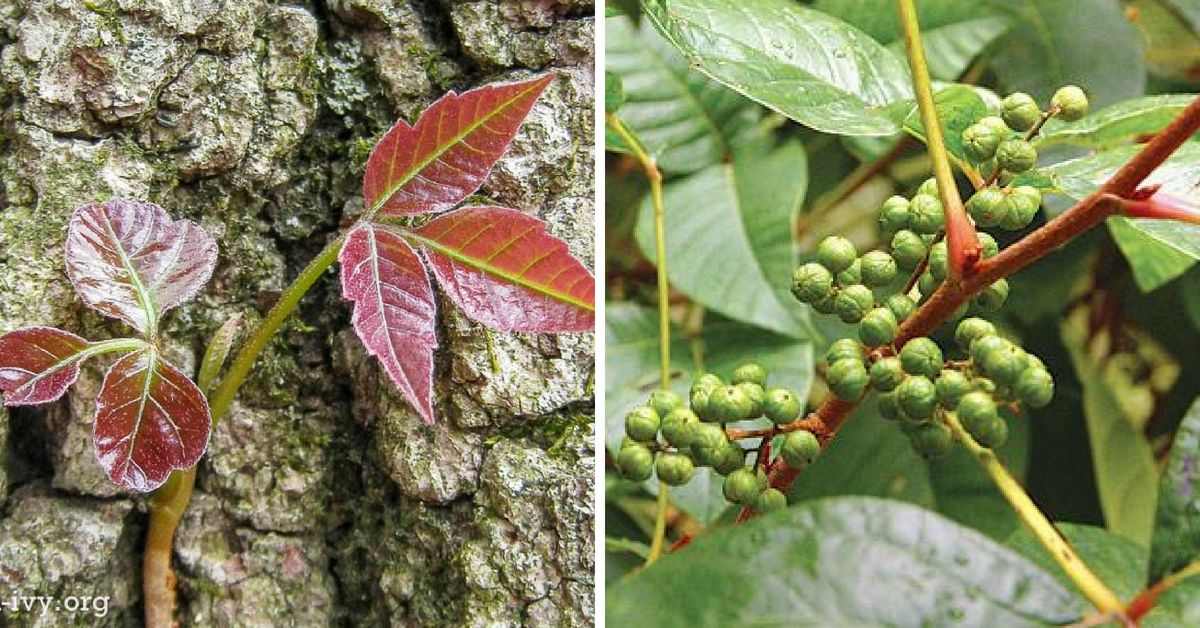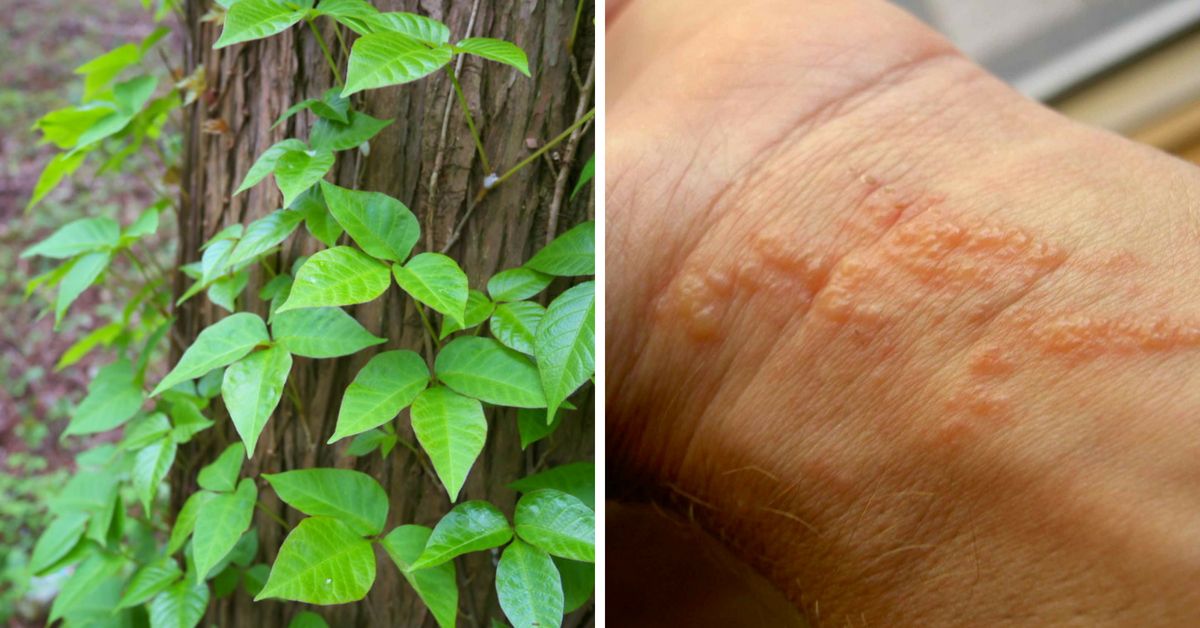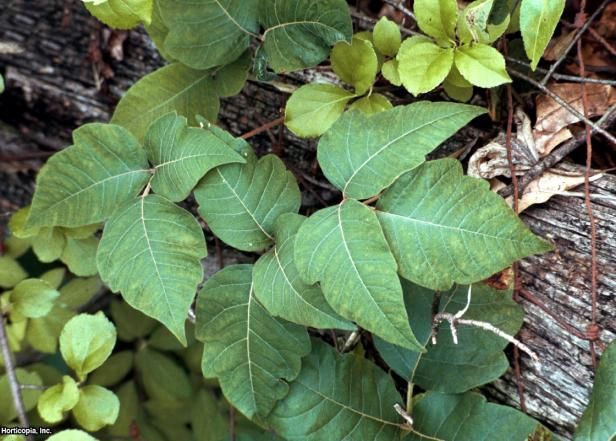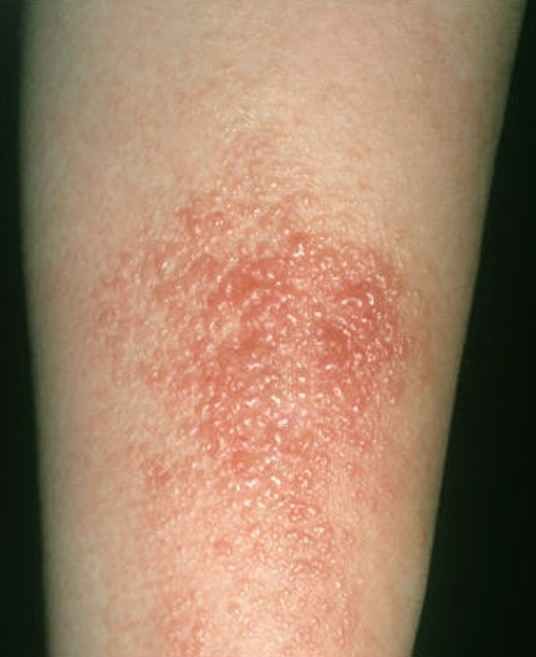Poison ivy isn't a joke.
A few years ago, my dad was poisoned by the plant and got a massive rash on his shoulder.
It started spreading fast, and if he didn't get to the hospital in time, the poison would have spread to his heart, which would have been fatal.
It's estimated that 85% of people are allergic to poison ivy, and there's a lot of it in North America.
Poison ivy is the most common allergic reaction in the U.S., affecting more than 50 million Americans every year.
Instead of finding out if you are part of the majority, learn how to identify the plant and protect yourself from getting potentially poisoned.
How To Identify The Plant
Poison ivy is known around the world because it can thrive in a lot of different environments.
The reason for this is because birds feed on this plant's berries without being affected by its poison.
It's the sap of the plant that causes an extremely itchy rash. The problem is that there is literally nowhere you can touch on this plant without coming in contact with its resin, known as urushiol.
The leaves of the poison ivy plant are tricky to identify, but it can be done.
Poison ivy can grow as a vine and a shrub.
It has pointed leaves that usually hang from the stem in groups of three.
In the summer, these leaves can look either waxy, shiny, or dull. They can also appear smooth or wavy.
Keep in mind, these leaves can change color, depending on the season.

In the spring, they look more of a yellow-green. When they blossom, they have small white flowers.
During the summer, poison ivy produces greenish berries.
In the autumn, the green leaves will turn into yellow or red.
And in the winter you still need to remain vigilant. They may have lost their leaves, but their roots and berries are still poisonous.
How To Protect Yourself
Because poison ivy looks so similar to other plants, it can often go unnoticed.
The best thing you can do is wear protective clothing that covers your skin. You'll also be protecting yourself from ticks this way.
When you're camping, make sure you don't burn this plant, because the simple smell of it can irritate your nasal passages or lungs.
Another thing you can do to protect yourself is to apply a barrier cream on your skin.
If you find poison ivy in your yard, don't pull it out with gloves.
Instead, clip the leaves and smother it with newspaper to dry it out.
How To Get Treatment
If you happen to come in contact with poison ivy, the first thing you need to do is identify the symptoms.
A reaction to this plant usually shows up between 12 to 48 hours after exposure.
You'll know you have a poison ivy rash if the affected area turns red, is extremely itchy, swells, blisters, and you have difficulty breathing or swallowing.
Also, a poison ivy rash will usually look like a straight line, which is often how the plant brushes against someone's skin.
Right when you get infected with its poison, rinse your skin with warm, soapy water and try not to scratch the rash, or else you may be at risk of getting an infection. Aloe vera gel will help with this.
Make sure the affected area doesn't touch anything else, or else the rash will spread to other parts of your body.
If the rash continues to swell, spread, or the blisters start oozing pus, you should go see a doctor immediately.
Share this with your friends to keep them safe this summer!
[H/T: rd]
Do you have a mosquito problem? Here are 15 common plants that repel mosquitoes and smell amazing.




